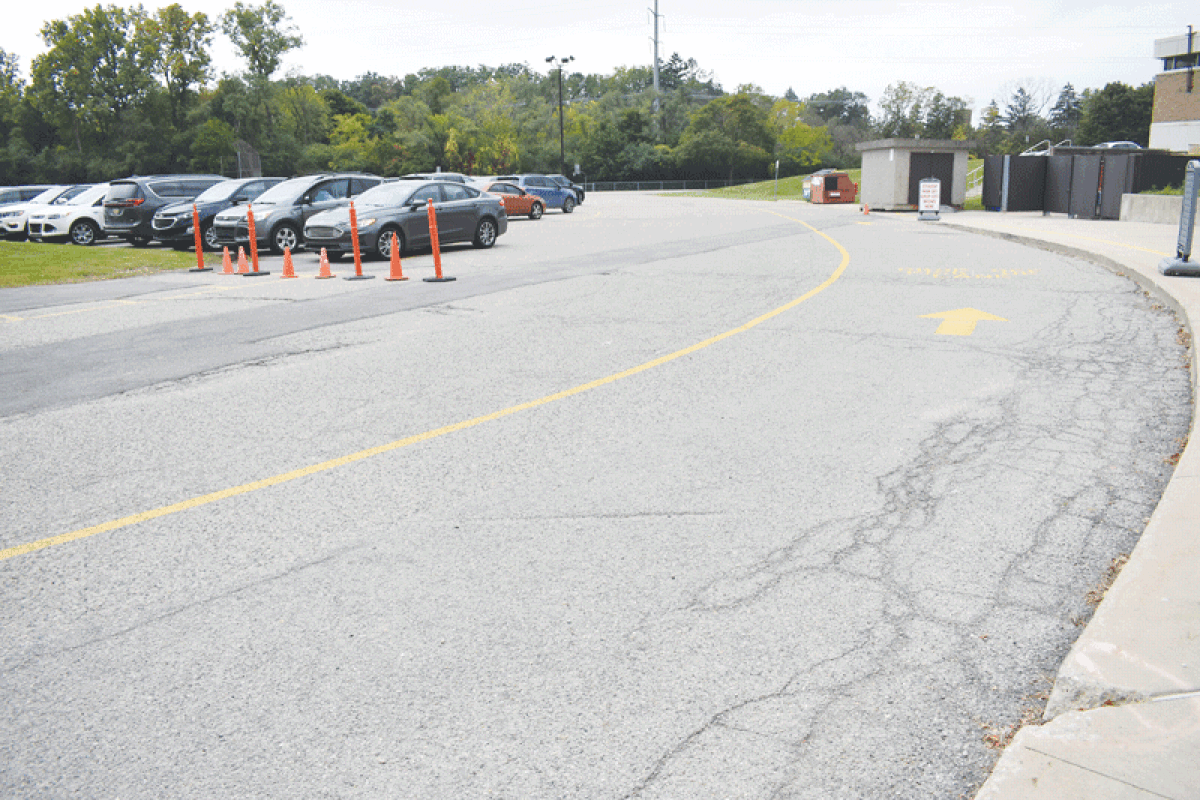BLOOMFIELD HILLS — Voters will decide a building and site sinking fund millage renewal proposal for Bloomfield Hills Schools Nov. 7.
Bloomfield Hills Schools is asking to continue to levy 0.6976 mills, which is 70 cents per $1,000 of a home’s taxable value, for three years.
This millage was initially approved in 2005 for 1.5 mills and was renewed in 2014 for 0.74 mills and 2018 for 0.71 mills.
If voters approve this millage, the district’s millage levy will be approximately 3.5 mills. District officials said this is lower than the county average, which is over 6 mills.
If approved, the millage will continue to generate approximately $3.4 million annually for three years.
The revenue would be used for security upgrades, infrastructure improvements, parking lot improvements, site improvements, emergency repairs, and ongoing replacement and upgrades to playgrounds, officials said.
It can’t be used for employee wages, regular maintenance or capital purchases.
As far as pressing matters, Keith McDonald, the assistant superintendent of human resources and labor relations and the district’s Title IX coordinator, said security updates are at the top of their priorities.
“I think security updates are always the big one and those are ever-changing,” McDonald said. “So while we are doing a lot with the bond, the bond isn’t touching every building in regards to all the security measures we want to put in place.”
He added that some of the infrastructure improvements may not be something that people see every day, such as the parking lot, roofing and HVAC units, but they are essential in keeping the schools safe, dry and warm.
In the past, the sinking fund has been used for roofing repairs, site work, emergency repairs, safety and security improvements, and the replacement of some exterior doors.
In 2020, Bloomfield Hills voters passed a $200 million bond that focused on the K-8 structure.
While a bond issue and a sinking fund can be spent on similar expenditures, Randy Liepa, BHS’s interim superintendent, said the thought process behind each one is different. He compared a bond issue to a mortgage, where they borrow the money upfront and pay for it over time. A sinking fund is more on a pay-as-you-go basis.
“That (a sinking fund) provides a smaller amount of money, not all up front, but you receive it each year so you can do the regular type of upgrades and renovations that come up,” Liepa said.
The sinking fund is used for ongoing projects within the district.
“We don’t have to worry about taking away from our educational programs in the general operating budget where you would have to pay for those things if you did not have a separate revenue source for that,” Liepa said.
Registered voters who are residents of Bloomfield Hills Schools can vote on this 7 a.m.-8 p.m. Nov. 7, by absentee or going to the polls.
 Publication select ▼
Publication select ▼






















